
All categories
Featured selections
Trade Assurance
Buyer Central
Help Center
Get the app
Become a supplier

(871 products available)






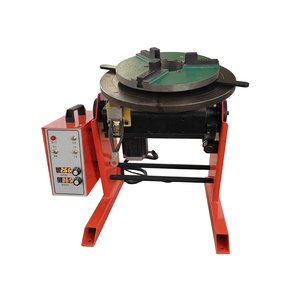
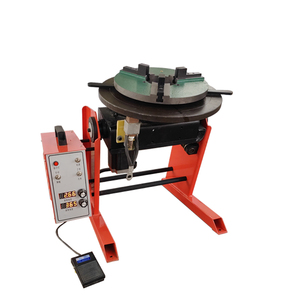

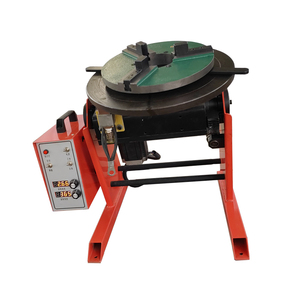




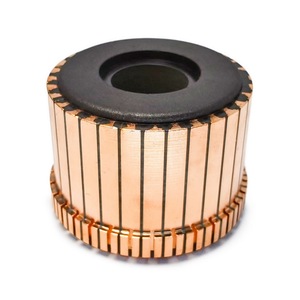












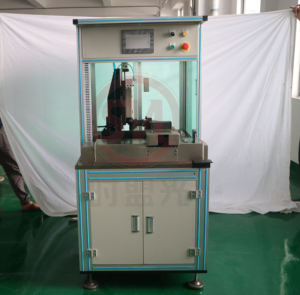
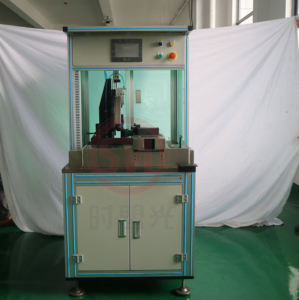


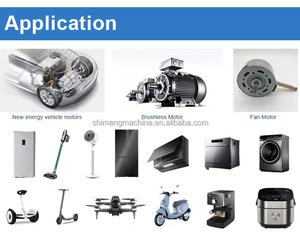
A rotor commutator turning machine can restore the worn surface of the commutator. Generally, there are two major types of rotor commutator turning machines, such as the manually operated machine and the electrically operated machine.
In addition to the above two major types, there are also some small power device turning machines. These devices are portable and allow the user to carry them easily. They can provide power to turn the commutator and can be used in conjunction with the portable turning tools.
With the development of the automobile after-sales market, the demand for rotor commutator turning machines has surged.
Now, more than 90% of automobile repair shops use these electric turning tools to repair the commutators of electric drill rotors.
These machines help repair and maintain various types of electric drills, including:
Hammer Drill Commutator Turning:
Hammer drills commutate are usually made of copper. All hammer drills have motor parts with commutator issues. Hammer drill commutator turning machines fix that. They reposition these commutators back to their original place or shape. This allows the hammer drill to function and continue to be used for its intended purpose.
Rotary Drill Commutator Repair:
Rotary and hammer drills work similarly, and the commutator issues are the same. Rotary drill commutator turning machines can also be used to fix the hammer drill's commutator. These machines allow the rotary drill to be used without replacement, which is usually more costly for customers.
Copper Rotor Commutator Repair:
Some drill rotors have copper wires. A rotor's copper wire is usually much smaller than a copper motor commutator. Copper wire rotors may be put into devices such as window and car repair drills. They also need turning and repair machines. Commutator turning machines for copper rotors can fix these issues. This allows all types of drills to be used and not put away due to wear and tear of the commutator.
Copper Motor Commutator Turning:
A copper motor usually has a more advanced inner technical drill part. This includes a motor with a commutator that may need repair. It may be easier and more cost-efficient to turn the motor's commutator than replace the entire motor within the drill. A commutator turning machine for copper motors allows this to happen.
In all these cases mentioned above, a rotor commutator turning machine can effectively repair the commutator. It remediates the drill, which is then ready to be used without the need for replacement. This helps to save costs and provide service to customers who want their electric drills repaired. The turning machines help rotary, hammer, and other types of drills be fully utilized in the market.
When selecting a rotor commutator turning machine for business purposes, there are several crucial factors to consider to ensure that the chosen machine aligns with business needs, production goals, and quality standards.
Machine type and functions:
First of all, make sure the suitable type of the machine, like the portable or stationary rotor turning device, is chosen to meet specific production requirements and the working environment. The available commutator machining devices' functions will vary according to different models. Therefore, it's also necessary to ensure that the chosen machine has all the needed functions, like cutting, grinding, or polishing, to eliminate other additional equipment.
Production capacity:
Secondly, pay attention to the machine's production capacity. Buyers need to evaluate their production volume and frequency and then choose a rotor turning machine with a suitable capacity to meet their production demands, which can ensure efficient production without causing bottlenecks.
Quality and precision:
Moreover, the quality and precision of the commutator are also very important. Buyers need to select machines that can achieve the desired accuracy and excellent quality to ensure that the produced rotor commutators meet relevant standards and specifications and have a longer lifespan.
Ease of operation and automation:
In addition, buyers should choose a rotor turning device that is easy to operate because a complicated machine may require more employee training and decrease overall productivity. Furthermore, if it is possible, buyers can also consider selecting a machine with automated features like CNC control to further improve efficiency and productivity.
Replacement parts availability:
Finally, buyers should also consider the availability of replacement parts so as to avoid long downtime and boost ideal equipment maintenance and performance.
Q: What is a rotor commutator?
A: The motor component known as the rotor turns the shaft inside the engine. The commutator linked to the rotor conducts current. It functions as a switch to transfer current to the torque-producing brushes as they make contact with the commutator.
Q: What is the role of a commutator in a motor?
A: The commutator's primary function is to reverse the current flow in the armature winding of the rotor on a regular basis. The commutator can help ensure that the torque direction remains constant as the rotor spins.
Q: Do all DC motors have a commutator?
A: Although many direct current (DC) motors have commutators, they are not present in all motors. Typical motors lacking commutators are brushless motors.
Q: What type of material is a commutator?
A: Modern commutators are usually constructed from resilient copper alloy materials like brass because they have to be strong enough to handle frequent rotations.